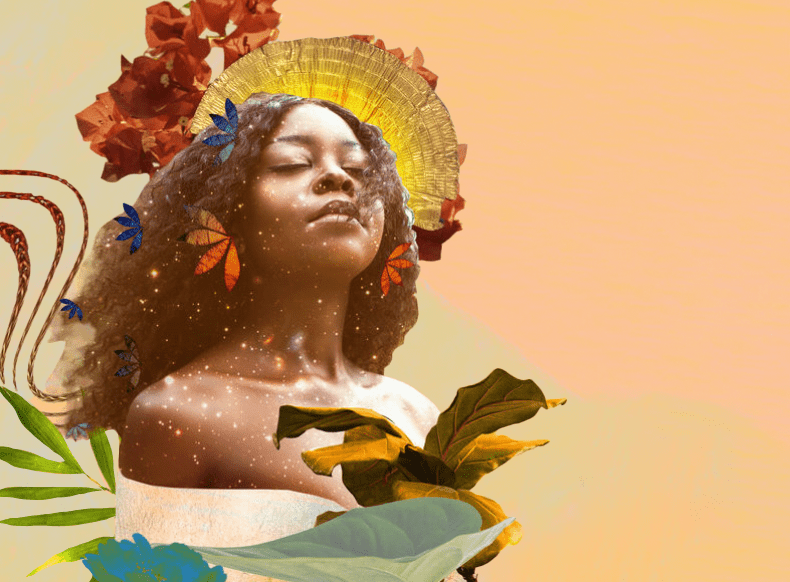
May 9, 2019; New York Times
Located in McDougall-Hunt, a small neighborhood of single-family homes on the East Side of Detroit near what was once a Packard automotive plant, there is a four-block-long street called Heidelberg, home to what has become known as the Heidelberg Project, a series of public art installations created out of what many would call garbage which has been curated by a local community resident artist, Tyree Guyton.
As M.H. Miller explains in the New York Times:
At various points in the last three decades, the Heidelberg Project…has been dismissed by neighbors as the junk of a crazy hoarder and hailed by critics as one of the great American artworks of the last 50 years. Despite some local ambivalence about Guyton’s artistic merit, his bona fides have been more readily accepted elsewhere in the country and, especially, in Europe.… The Heidelberg Project has become, in recent years, one of the most visited sites in Detroit, attracting 200,000 visitors annually.
Guyton was trained as an artist at Detroit’s Center for Creative Studies, but his art has not always been appreciated. Miller notes that “Guyton was one of the first artists anywhere to try to use art to materially improve a community, long before this became a contemporary cliché.” In November 1991, five years after the project’s first installation, Mayor Coleman Young authorized the project’s destruction, which, as Miller describes, involved the use of “bulldozers, police, and a helicopter, in a scene that called to mind the riot of 1967.”
They destroyed years’ worth of Guyton’s work in under an hour—all of the houses that weren’t paid up on their taxes, which unintentionally left various nearby crack houses intact. Young explained his actions to Guyton by saying he was “trying to make the people happy,” the artist told me. “But in making the people happy, he was giving the people exactly what they were already living with: nothing.”
A scene like that would be unthinkable in Detroit today, although the project has suffered regularly from arson. Now, however, the Heidelberg Project has become in one sense a victim of its success. In recent years, Detroit has an enjoyed an economic revival of sorts, albeit one that has largely excluded the city’s Black majority. Still, Miller reports, some benefits may be coming McDougall-Hunt’s way, changing the neighborhood from an “impoverished pocket into a potential opportunity.” Miller adds that, “If an artwork’s aim is to improve a neighborhood, then the happiest conclusion would be for that artwork to be made obsolete.”
Sign up for our free newsletters
Subscribe to NPQ's newsletters to have our top stories delivered directly to your inbox.
By signing up, you agree to our privacy policy and terms of use, and to receive messages from NPQ and our partners.
With perhaps an overly dramatic flair, Miller writes that “Guyton must now effectively destroy his work in order to save it.” Well, kind of, sort of—the installations are being gradually taken down—but not exactly. As Mark Stryker explained in an excellent article in the Detroit Free Press three years ago, “The Heidelberg Project, which draws an estimated 200,000 visitors a year from all over the globe, will morph into something the organization is calling Heidelberg 3.0—an ‘arts-infused community’ rather than an installation driven by one man.” As NPQ’s Carrie Collin-Fadell wrote a year ago, the vision involves creating dwellings “in which artists live in residence in the houses/art projects and contribute towards the nonprofit’s mission.”
The project, notes Miller, was born out of despair at what had become of Guyton’s neighborhood. But then came a vision. As Miller retells Guyton’s account:
The idea of creating a huge installation with the remnants of the old neighborhood struck him like an epiphany one Saturday afternoon in April 1986. He looked out at the street from his grandfather’s house and could see the project taking form in his head. Over time, as his work expanded on Heidelberg Street, he developed his own philosophy about it, which he calls “2 + 2 = 8,” or just Heidelbergology: “What does that mean?” Guyton asked me. “You make it up”: Something can be wrought from nothing.
And so nothing was made into something. Every “seemingly random gesture” was planned. As Jova Lynne, who curated a museum exhibit at the Museum of Contemporary Art Detroit (MOCAD) last fall that featured some former Heidelberg Street installations, tells Miller, thousands of drawings and plans prefigured his installations. “Tyree does sketches for every single piece he makes,” Lynne explains.
Today, the construction of Heidelberg 3.0 continues. Writes Miller, “While preserving some of Guyton’s major works in place, [the] dream is to gradually transform the buildings that still stand into a series of cultural and educational centers dedicated to the arts, and then build housing and work spaces marketed for artists out of this central core. They hope that McDougall-Hunt will be supported by the arts in the same way it was once supported by the auto industry.”
Miller adds that when he visited Heidelberg Street last fall, “Construction workers were rehabbing the Numbers House, one of the Heidelberg Project’s few remaining original structures, a sagging white frame house that Guyton had covered in a strange numerical code. There were people out in the streets, smiling and conversing, not unlike how Guyton described Heidelberg in its heyday. Maybe two plus two really did equal eight.”—Steve Dubb













